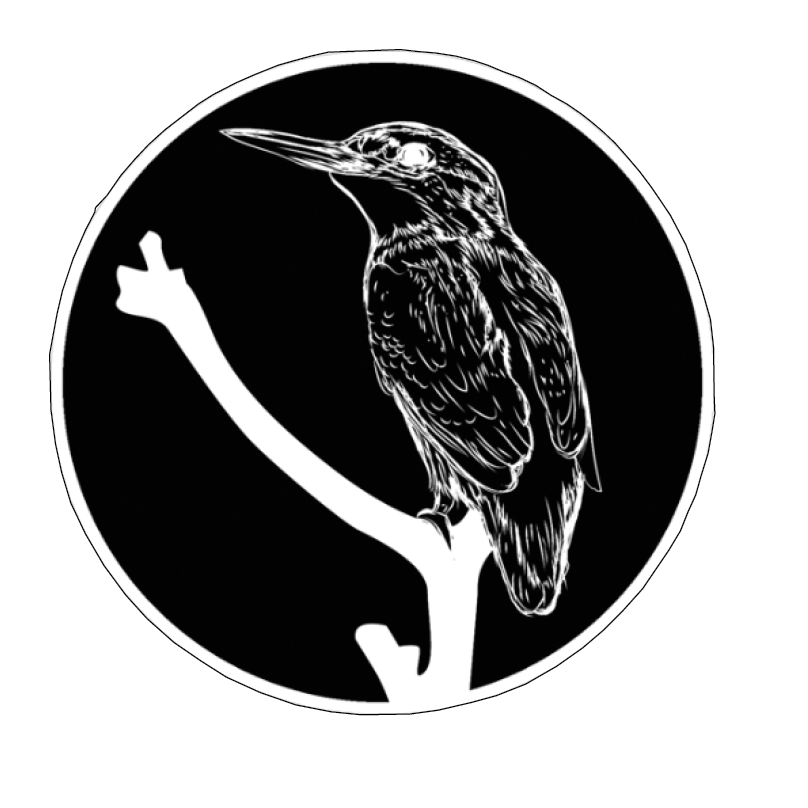© Marco Borggreve
Dolcissimo ed espressivo –
Largo con motto –
Spettrale –
[no title]
Composers have been revisiting their own material since time immemorial. For some (Handel, J. S. Bach) this was for practical reasons. For others (Brahms, Bruckner) revisions were borne of a relentless perfectionism. For Thomas Adès it was both nostalgia and curiosity that brought him back to The Origin of the Harp: ‘I wanted for some time to make a new orchestration of it for a more traditional orchestra, as the original ensemble [three clarinets, three violas, three cellos and percussion] is quite tricky to assemble, and also I was very interested to discover how to translate the music acoustically to a traditional orchestral structure.’
Cast in four continuous movements, this miniature tone-poem depicts a mock Celtic legend: a water nymph has fallen in love with a mortal but finds she cannot leave her element to join him on land. Taking pity, the Gods transform her into a harp, and her weeping is recast as a delicate song for strings. Adès’s title is taken from a painting by Daniel Maclise (1806–70), itself an illustration of a poem by the great Irish bard Thomas Moore (1779–1852). The painting shows the nymph just before her metamorphosis, her long hair draped in ringlets over her outstretched arm which, along with her torso, forms the triangular outline of a harp.
Adès conjures this mythic atmosphere with a typically arresting sound-world. His score features breathy clarinets, glassy string harmonics and an array of unusual percussion instruments including rain stick, mbira (African thumb piano), shell chimes and a part-submerged gong. Though the piano is barely played (and, when it is, only by plucking its strings with a ruler), the lid is kept open and the sustain pedal ‘securely weighed down’, acting as a resonator. Key moments are illustrated with restraint: towards the end of the third movement the idea of transition is driven by fluid, filigree passages in the winds; following a flash of divine intervention the harp emerges, represented by a blizzard of pizzicato strings.
Adès recalls how, while writing the piece, ‘I was just figuring out my harmonic language, and the seeds of some bigger pieces are all in there, like my first opera Powder Her Face.’ With its sumptuous chromaticism, intricate polyphony and dazzling colour palette, The Origin of the Harp recalls the music of anniversary composer Pierre Boulez (who famously reworked many of his own pieces). Meanwhile the subtle, atmospheric storytelling, put at the service of a mythical subject, brings to mind the work of one of Adès’s great heroes, Jean Sibelius.

